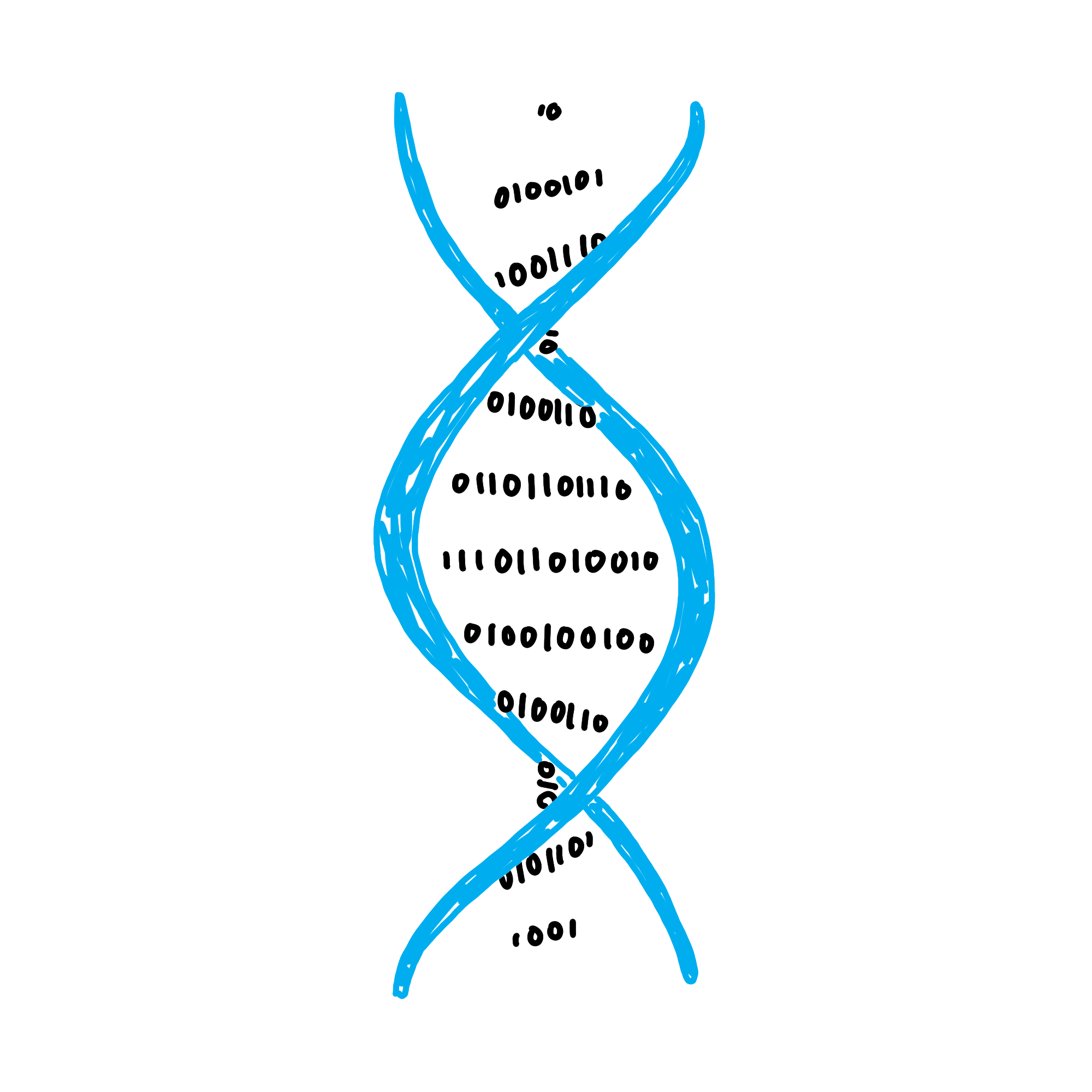top of page
TIMELINE
The discovery of recent CRISPR technology was not unprecedented; Doudna's application of CRISPR relied on preceding findings and research that ultimately led to its application in the medical realm. Below is a timeline that outlines the most outstanding findings that contributed to CRISPR technology.
1993-2005
2006
A Spanish researcher named Francisco Mojica becomes the first to identify what is known as the CRISPR locus. From his research, he observed that the repeated sequences had much in common. These sequences would later be known as CRISPR. "In 2005 he reported that these sequences matched snippets from the genomes of bacteriophage", which are viruses that attack bacterial cells. From this, he concluded that what he had discovered was actually an "adaptive immune system".
[T1]
[T11]
Jennifer Doudna and Jillian Banfield first begin their research on CRISPR.
[T10]
2005
While studying Streptococcus thermophilus, a French researcher named Alexander Bolotin discovered a CRISPR locus unlike previous ones. This locus contained a gene that produced a protein that apparently was capable of nuclease activity. This protein would later be known as Cas9. Bolotin's discovery would be crucial in understand CRISPR's genome-splicing capabilities.
[T5]
2007
Scientists at Danisco decided to run an experiment involving Streptococcus thermophilus and the introduction of new phage DNA. This experiment ultimately proved the capability of CRISPR as an adaptive immune system and highlighted the role of the Cas9 protein in defending against invaders.
[T6]
2008
John Van der Oost led the way in discovering how CRISPR functions with the introduction of an invader. He showed that in E. coli, sequences similar to those of the invading bacteriophage translate into CRISPR RNA (crRNA), acting as a guide for the Cas proteins to do their job.
[T4]
2008
Marraffini and Sontheimer surprised the scientific community when they proved that CRISPR targeted DNA molecules, not RNA.
[T3]
2010
Sylvain Moineau and his team demonstrated that CRISPR-Cas9 creates double-stranded breaks in target DNA at precise positions. "They also confirmed that Cas9 is the only protein required for cleavage in the CRISPR-Cas9 system. This is a distinguishing feature of Type II CRISPR systems, in which interference is mediated by a single large protein in conjunction with crRNAs."
[T1]
[T9]
2011
Emmanuelle Charpentier discovered that another form of RNA, tracrRNA, works alongside crRNa to help guide Cas9 proteins to their targets.
[T7]
2011
CRISPR was proven to be fully functional in species that did not originally contain the system. This was done by cloning CRISPR loci and implementing them into E. Coli.
[T1]
2013
Feng Zhang becomes the first to successfully integrate CRISPR technology into eukaryotic cells. He proved its function using human and mouse cells, testing its ability to make genome edits.
[T8]
bottom of page
